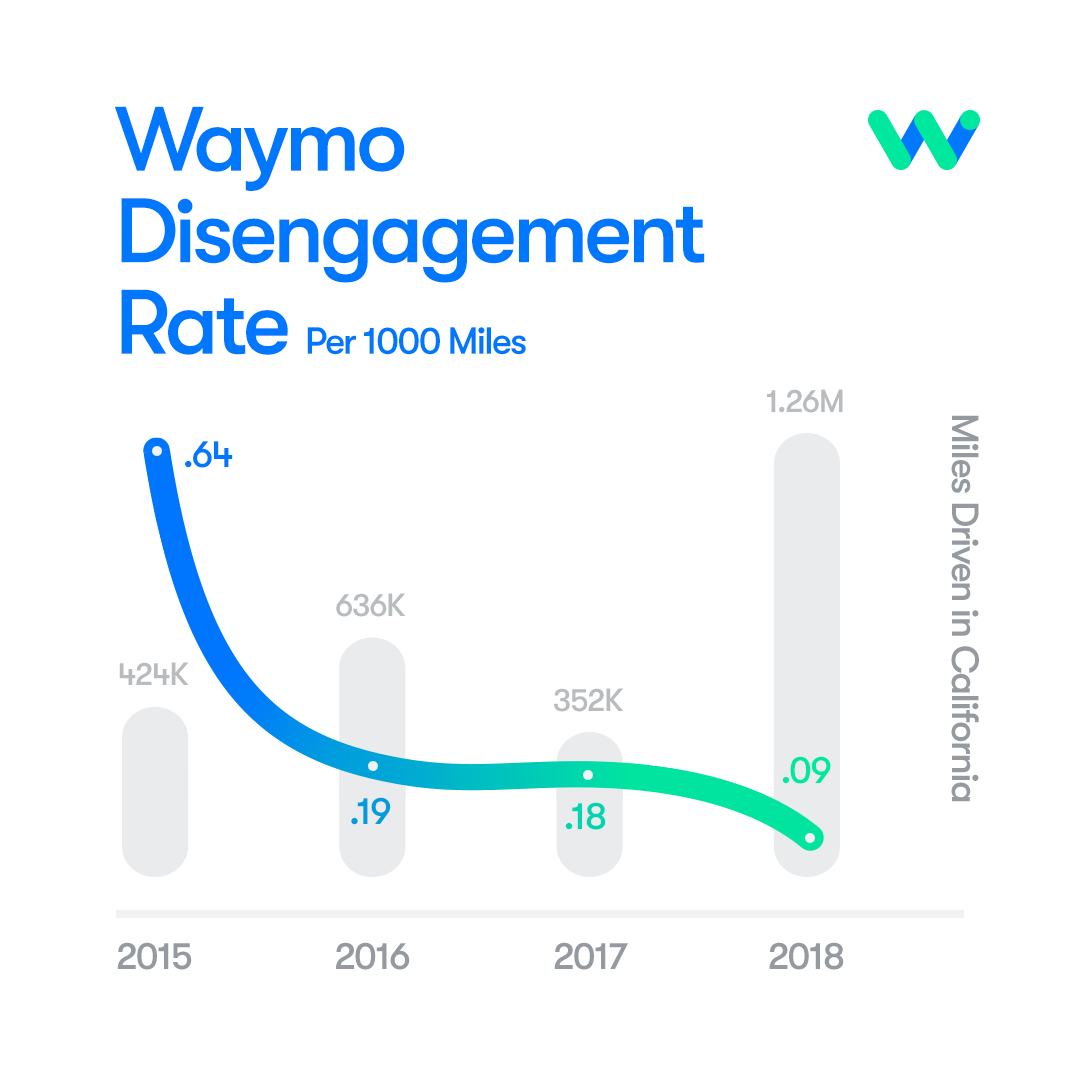OT Cap PW/PW
People have complained about the momentary loss of power during the cutover from grid power to battery power during outages. Could this be eliminated with a fairly small number of ultracapacitors?
Powerwall is definitely in the position where "higher price, higher quality" is the way to go -- it seems to be perpetually cell-starved and has a very long waiting list, so working down to the mass market isn't practical right now.
Really? I thought this was sub-millisecond?
With Powerwall, it seems to be longer than that (though still well under a second). Yes, people have complained....
Powerpack may have faster response?
You can not cut over 60 hertz AC without at least 1 cycle in between power sources, other wise you create a short. I think they try to keep it under 5 cycles in the UPS industry.
If your sources are in phase, you can cut in/ cut out with no shorting.
Powerpack is not made to connect/ disconnect, it is purely grid tied.
Powerwall does islanding via the gateway module and its 200 Amp contactor.
The drop outs on switchover likely stem from a few factors:
The first is that the PW cannot control the house power supply until after the contactor has disengaged from the grid. This is a mechanical system, so there is delay there. The contactor will not start to disengage until the grid was been at the wrong frequency/ voltage for some amount of time. Put together, the house will be an non-standard voltage/frequency for some time before the PW can correct it.
The second is the speed at which the PW can go from charging to discharging. This is dependent on the design of the hardware (filtering) and software (control loop speed).
The third is stabilization time for the PW. Once the full house load is placed on the PW, it needs to match its output to the current load.
Stacking all these together and you can have a few cycles of predisconnect brownout followed by a few cycles of post disconnect brownout. If the PW was in discharge mode, the switchover should go smoother.
On top of that, if you also have solar generation, those inverters will be creating more headaches for the PW as it goes from sinking the solar capacity to sourcing the house power if the inverters cut out.
To the original question, adding large value caps to the PW high voltage rail (assuming it's topology has one) would allow supplying power while the battery side reverses direction. That would reduce one of the delay times.



